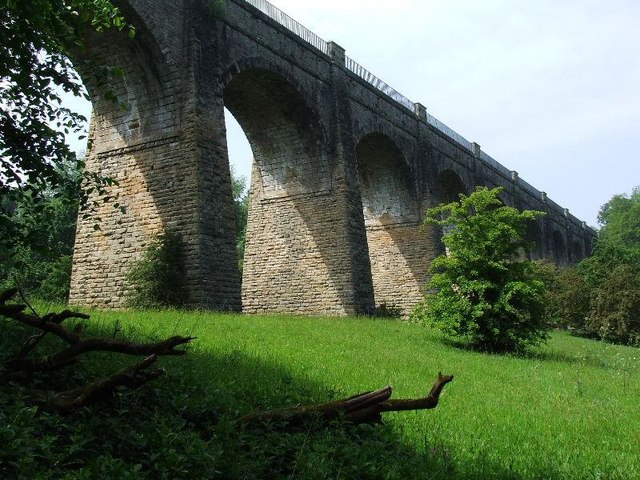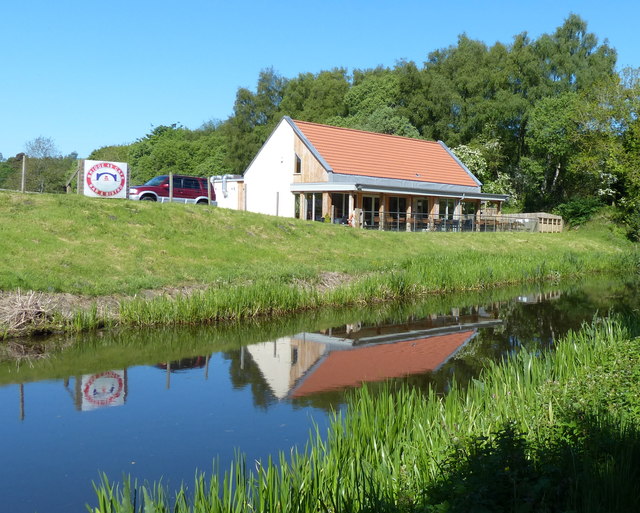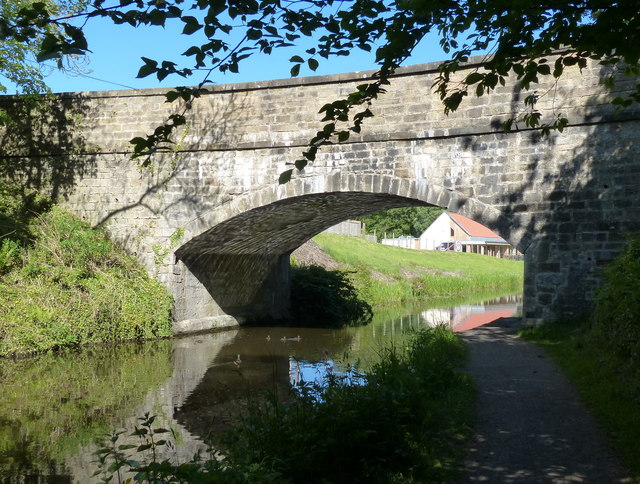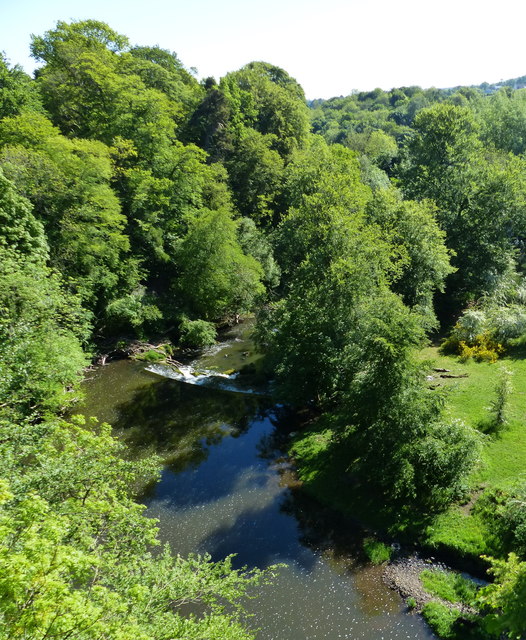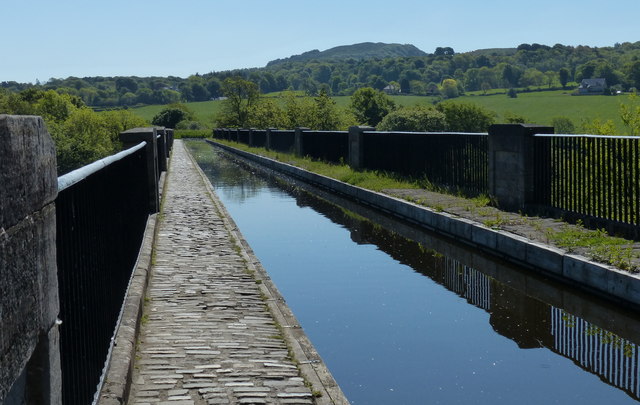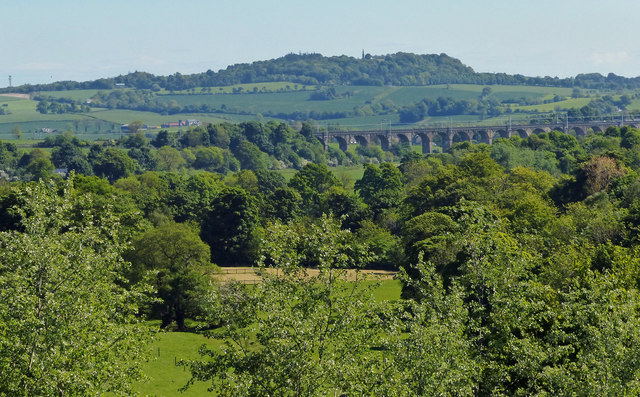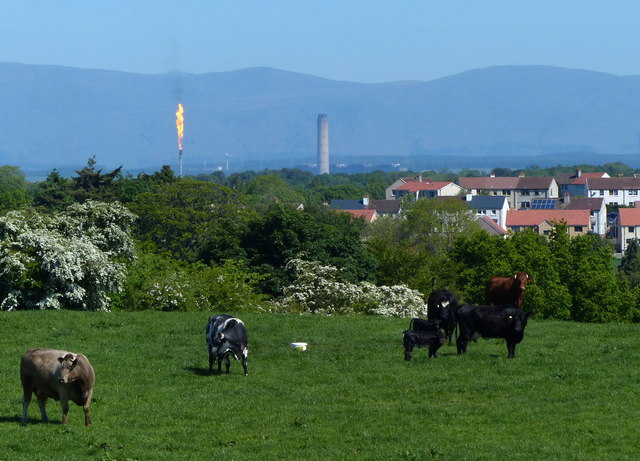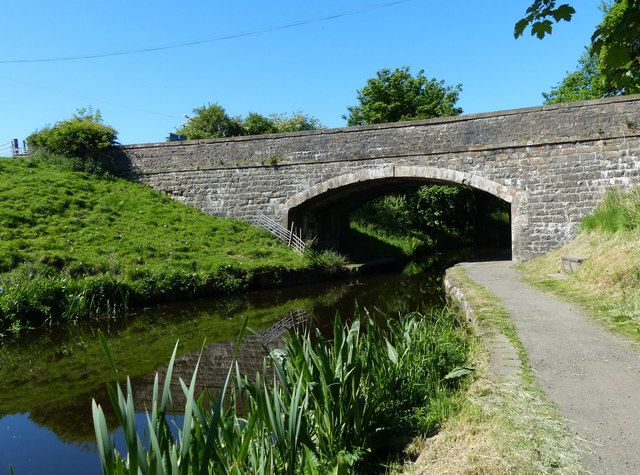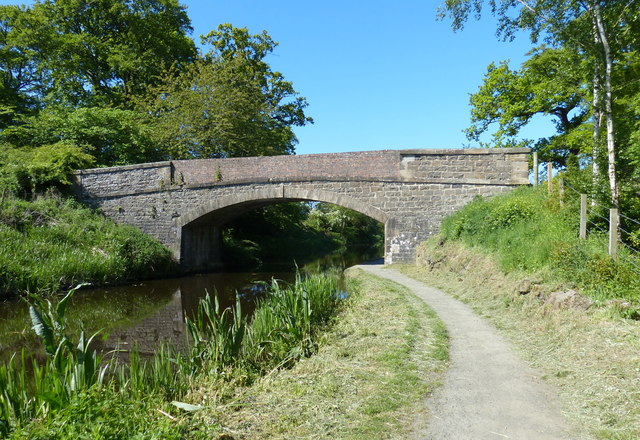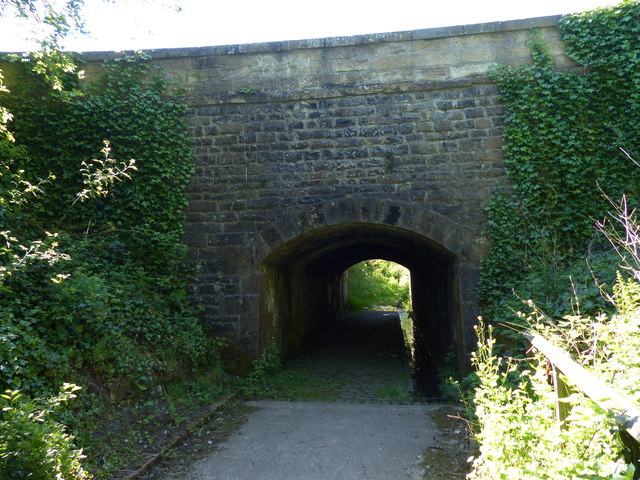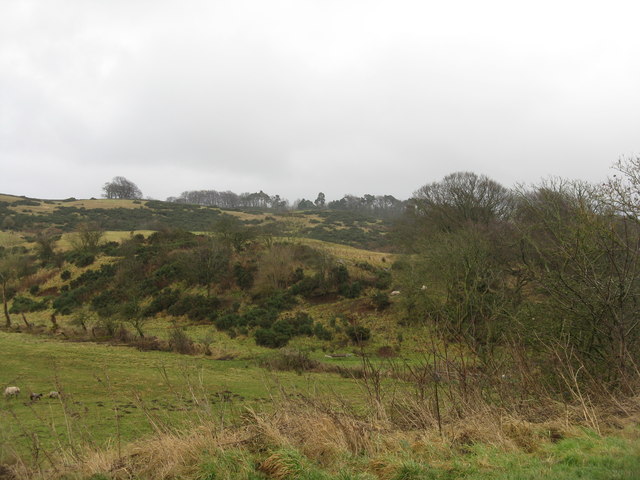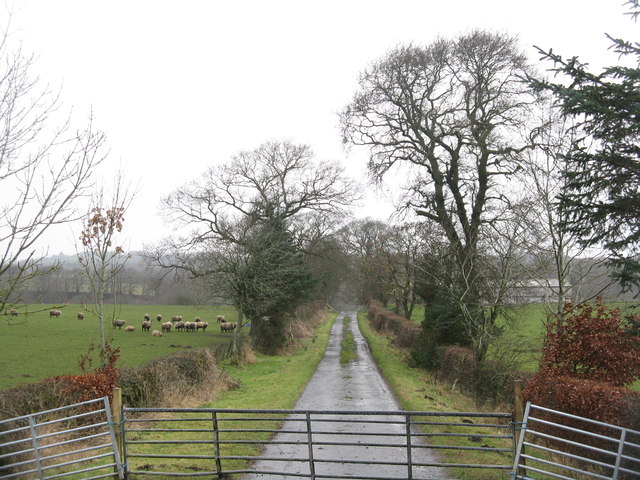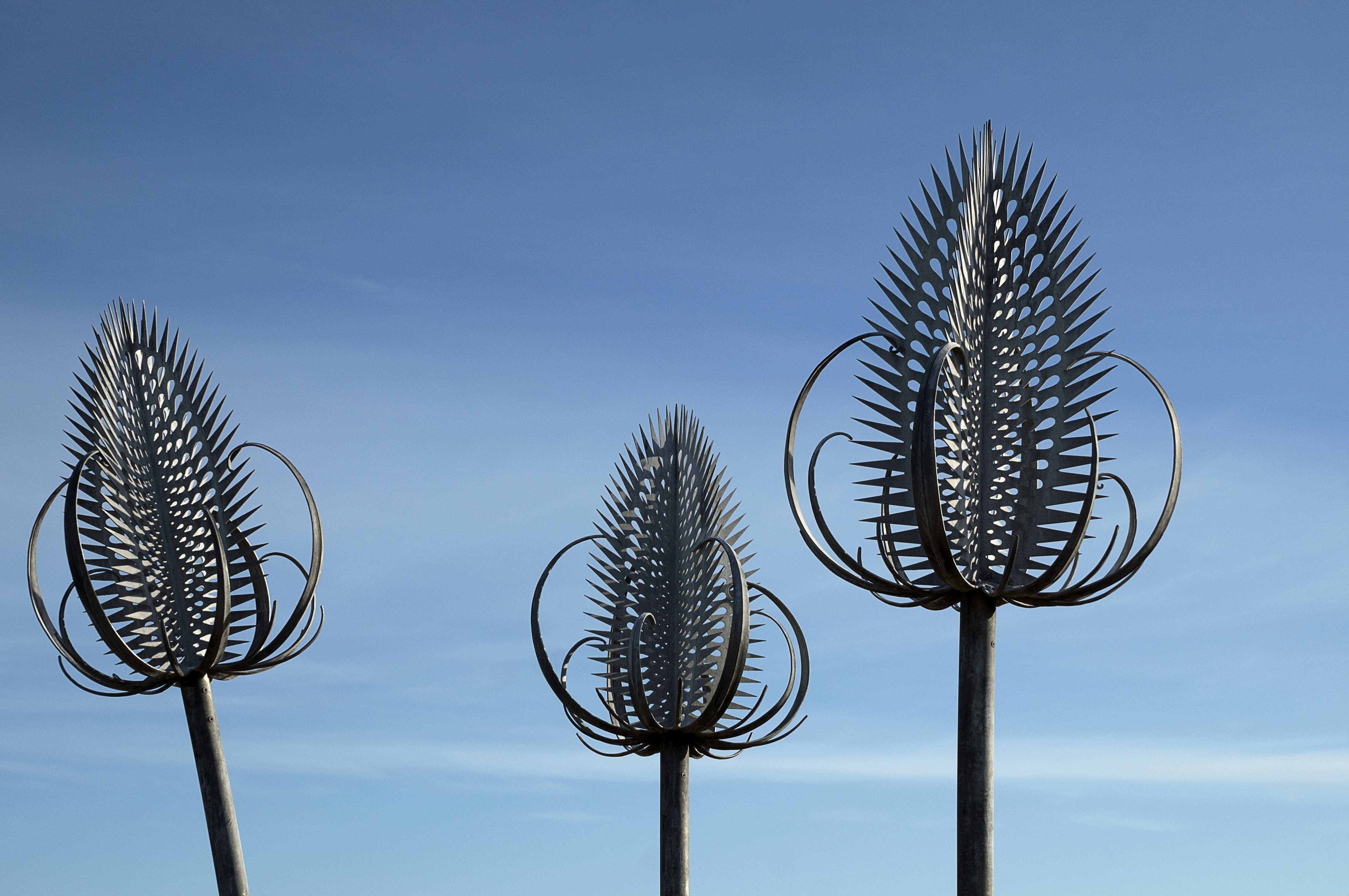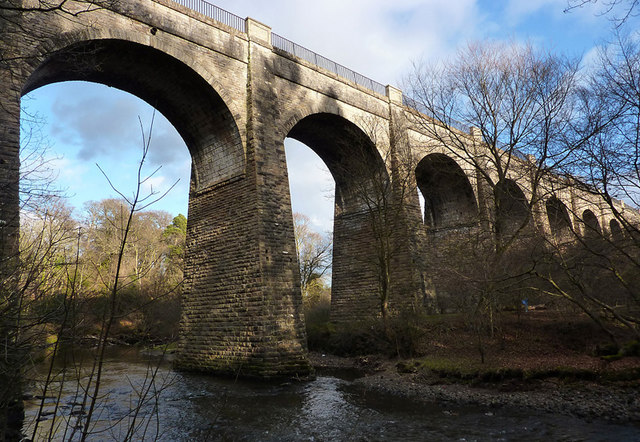Belsyde
Settlement in West Lothian
Scotland
Belsyde
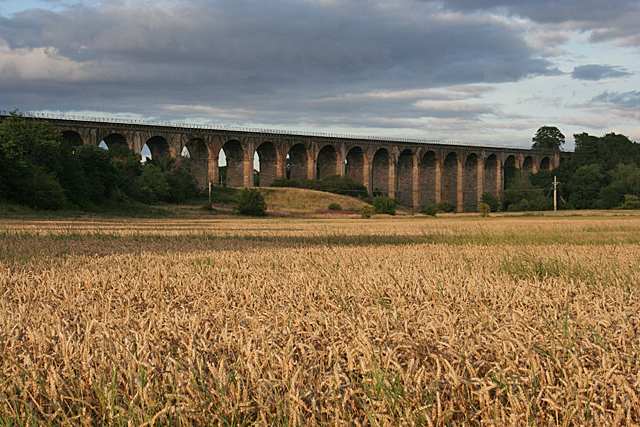
Belsyde is a small village located in West Lothian, Scotland. Situated just south of the town of Linlithgow, Belsyde is known for its picturesque countryside and historical significance. The village is surrounded by rolling hills and farmland, offering residents and visitors a tranquil and scenic environment.
One of the notable features of Belsyde is Belsyde House, a grand mansion that dates back to the 17th century. The house is a fine example of Scottish architecture and has been carefully preserved over the years. It now serves as a private residence, adding to the charm and character of the village.
In addition to its natural beauty, Belsyde also boasts a strong sense of community. The village has a small primary school, which plays a central role in the lives of local families. There are also several community groups and events that bring residents together, fostering a close-knit atmosphere.
For those seeking outdoor activities, Belsyde offers plenty of opportunities. The surrounding countryside is ideal for walking, cycling, and horse riding, with numerous trails and paths to explore. The nearby Union Canal is also a popular spot for boating and fishing.
Despite its rural location, Belsyde benefits from its proximity to Linlithgow, which provides easy access to amenities such as shops, restaurants, and public transportation. Overall, Belsyde offers a peaceful and idyllic setting, making it an appealing place to live or visit for those looking to escape the hustle and bustle of city life.
If you have any feedback on the listing, please let us know in the comments section below.
Belsyde Images
Images are sourced within 2km of 55.961366/-3.6435149 or Grid Reference NS9775. Thanks to Geograph Open Source API. All images are credited.
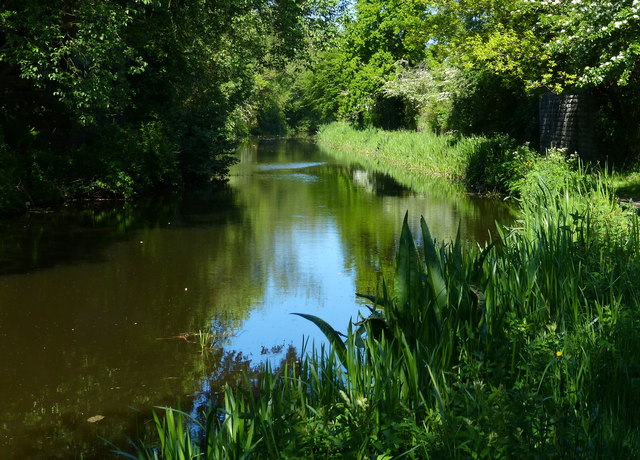
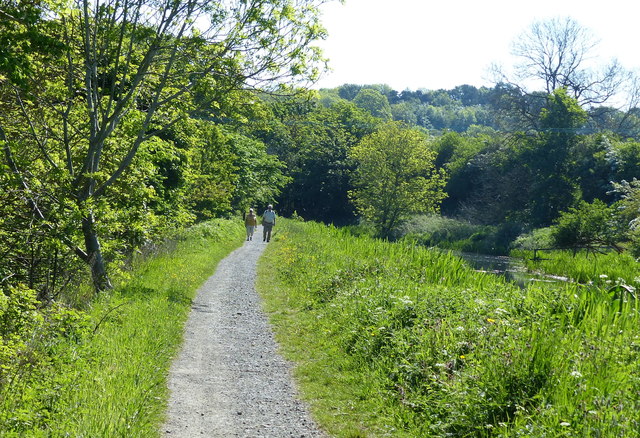
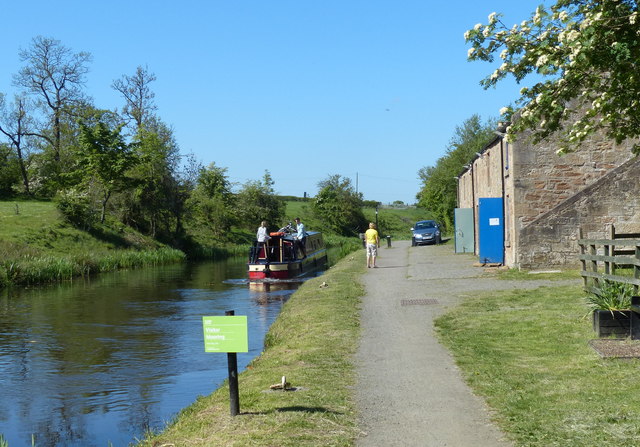
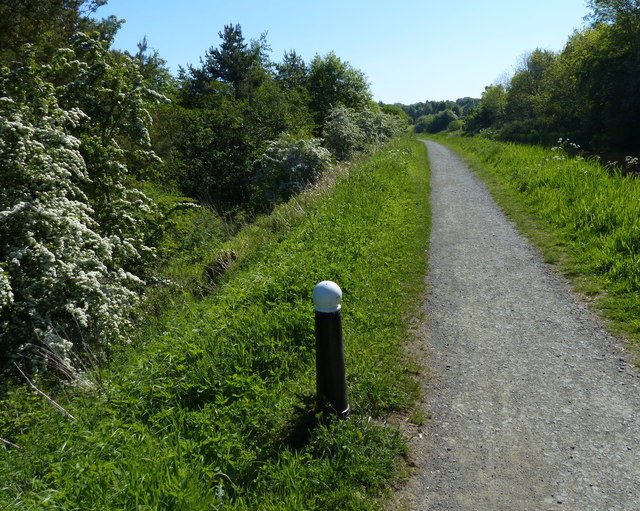
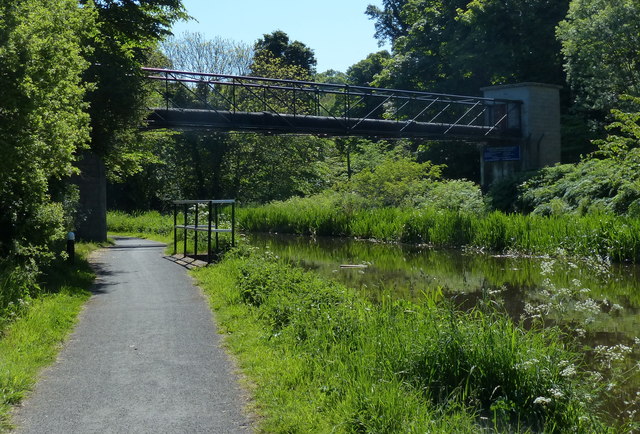
Belsyde is located at Grid Ref: NS9775 (Lat: 55.961366, Lng: -3.6435149)
Unitary Authority: West Lothian
Police Authority: The Lothians and Scottish Borders
What 3 Words
///repeat.dial.legroom. Near Linlithgow, West Lothian
Related Wikis
Muiravonside Country Park
Muiravonside Country Park is 170 acres of woodland and parkland open to the public all year round with marked trails, picnic sites and a play area. It...
Avon Aqueduct
The Avon Aqueduct is a navigable aqueduct that carries the Union Canal over the River Avon, near Linlithgow, Scotland. == History == The aqueduct was built...
Carribber Castle
Carribber Castle, also known as Carriber Castle or Rob Gibb's Castle, is a ruined castle located near Linlithgow in West Lothian, Scotland. == Description... ==
Battle of Linlithgow Bridge
The Battle of Linlithgow Bridge is a battle that took place on 4 September 1526 in the village of Linlithgow Bridge, outside the Scottish town of Linlithgow...
Nearby Amenities
Located within 500m of 55.961366,-3.6435149Have you been to Belsyde?
Leave your review of Belsyde below (or comments, questions and feedback).
